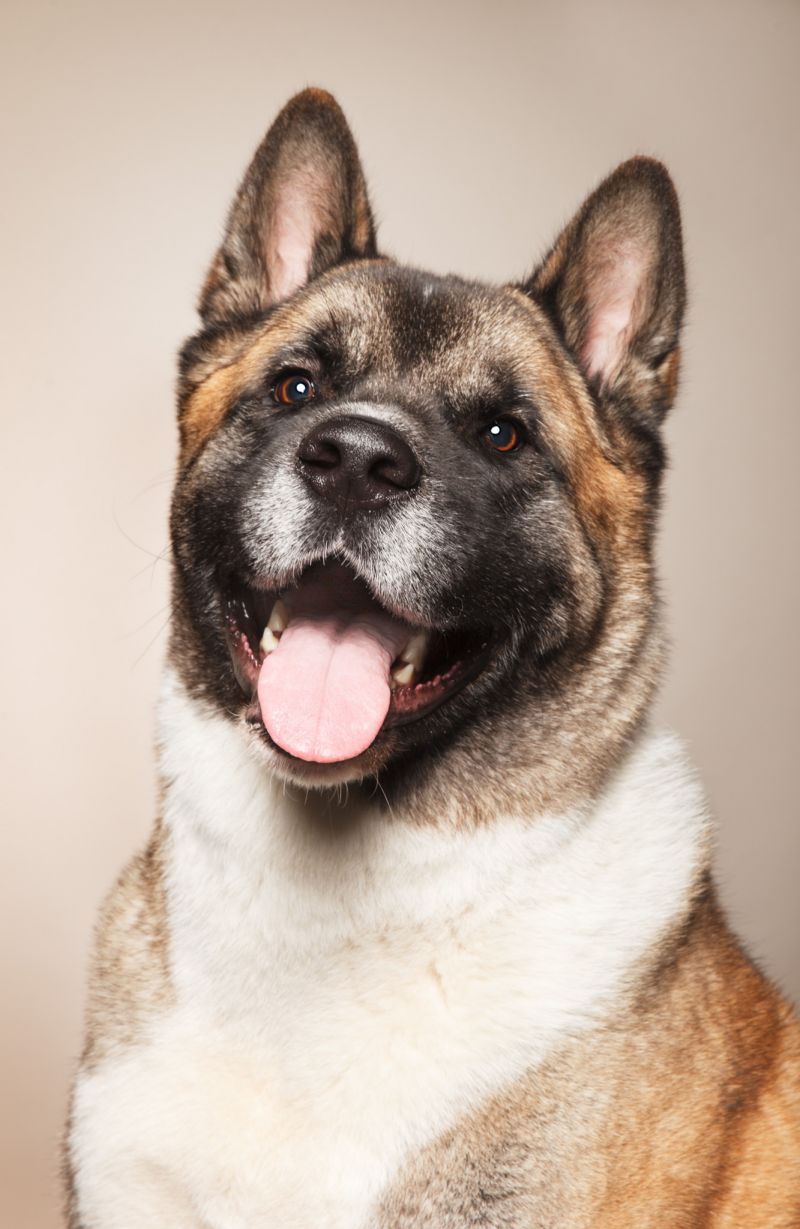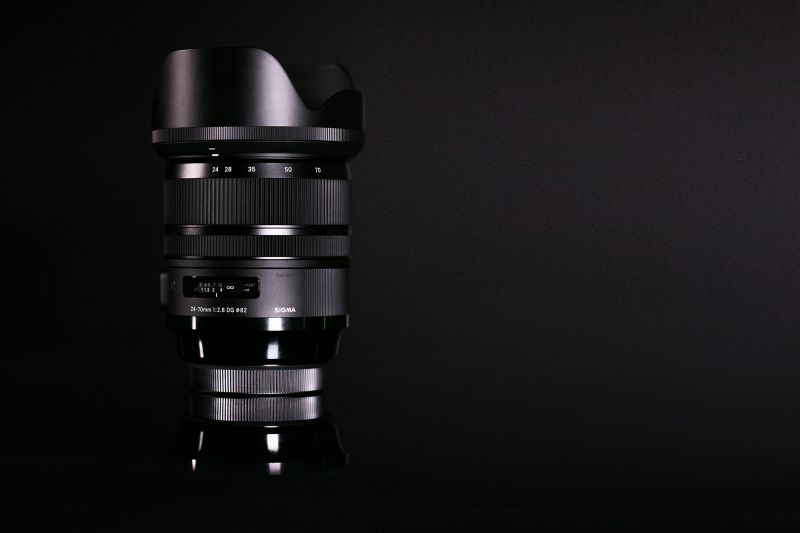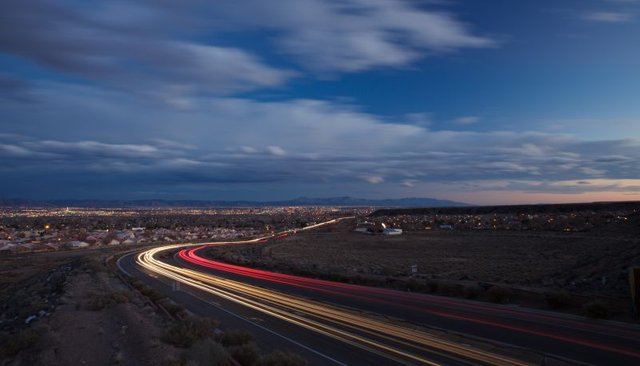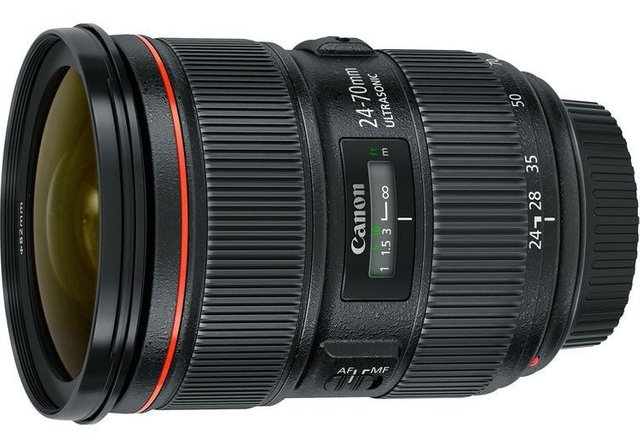SLR Lounge’s Top Lenses | Why You Need A 24-70mm F/2.8
GEAR & APPS
SLR Lounge’s Top Lenses | Why You Need A 24-70mm F/2.8
By Holly Roa on September 22nd 2017


Many photographers, if forced to choose only one lens to use for the rest of their days, would select a fast 24-70mm. It is an incredibly versatile focal length. There are even commercial photography schools that provide a list of required equipment they feel a graduate needed to transition into the professional world, where the single lens on it is a 24-70.
The faculty in charge of guiding purchases knew incoming students would have a wide variety of career interests, from food to fashion, from product to portraits, and yet they felt confident that every one of their diverse body of students could succeed in the world with this one lens.
And of course, they were right. While it may not be the single most ideal lens for every situation, it can get the job done in most.

WHY SHOOT WITH A 24-70mm F/2.8
Some 24-70 lenses, like Canon’s 24-70mm f/2.8L II, for example, can rival primes in terms of sharpness. While time and energy can often be better spent on activities other than pixel-peeping, it’s definitely a satisfying feeling when you can zoom to 100% and find razor-sharp edges.
As mentioned several times throughout this article, a 24-70mm on a full-frame body is among the most versatile focal ranges you can find, which is its biggest selling point. Not only does it allow for a great deal of diversity in your portfolio with naught but a single lens, on a microcosmic level it allows for a diversity of looks on any individual shoot and is great for adaptation to circumstance.
For instance, on a pet shoot, where subjects can be notoriously all over the place, it’s really useful to be able to quickly change your perspective. Both ends can be good for close-up portraits of pets, with the wide end offering a quirky and fun look and the long end is more traditional. The wide end can also be great for including environmental elements for environmental portraits. The available range allows for more variety from the same subject and location than would a typical prime. Furthermore, it’s fast enough for low-light and subject isolation.

Once you get used to fast apertures, it becomes painful to feel the constraint of slower glass. While f/2.8 obviously isn’t going to do as well in low light as f/1.2, it’s still plenty fast, and a fast 24-70 will have a fast 2.8 aperture throughout the entire focal range. This is ideal for low-light shooting, as you won’t lose any light at the long end, but the physics of constructing a lens with a constant maximum aperture do drive up the size and weight, and consequently, the price.
THE DRAWBACKS
While the 24-70mm f/2.8 is a wonderful lens, and while it is incredibly versatile, it does have its limitations. While some versions are as sharp as a prime, they aren’t as fast at gathering light or at focusing. If you shoot in extremely low light or crave the blurriest of blurry backgrounds, you may want a fast prime in your camera bag.
Those fast primes can also be incredibly inexpensive by comparison, something that a good 24-70mm f/2.8 typically isn’t. If you scrimp and save to buy your kit and choose a 24-70mm f/2.8, it very well may be your only lens for some time due to the fact the best ones costs around $2k. Good thing it covers so many bases…
Another instance where primes have a leg-up is size and weight. 24-70mm f/2.8 lenses are usually packed with premium elements, and they are neither small nor light. If you’re shooting with one all day, a cramped wrist is not that unlikely.
You may find yourself wishing for a bit more reach when using a 24-70 on a full-frame camera. An answer to that dilemma is a 24-105mm f/4 lens. You gain some reach but lose some speed (though racked out at 105, even at f/4 you can arguably isolate a subject better), so it’s a definite trade-off.
[REWIND:] CANON 24-105MM F/4L IS USM II REVIEW | CANON’S NEW VERSATILITY KING?
Telephoto lovers, in general, may be underwhelmed, but a 24-70mm f/2.8 does dovetail beautifully with another good old photographer favorite – the 70-200mm. If you own them both, you’ve got a lot of important focal lengths covered.
On the other end, 24mm is wide but not ultra wide. If you crave a larger-than-life angle of view, you’ll have to look into something a bit more specialized.
IS A 24-70mm F/2.8 RIGHT FOR YOU?
Are you a photographer who, when asked what you like to shoot, pauses a moment to consider and replies, “Hmm, really I shoot a bit of everything?” If so, a 24-70mm f/2.8 is perfect for you. If you feel bogged down with a fixed focal length and want a walk-around, do-it-all type of lens, look into a 24-70mm f/2.8.
Do you, or do you want to, shoot weddings? A 24-70mm f/2.8 is a must-have in a wedding photographer’s kit, or any event photographer really. It keeps coming back to that versatility and aperture with this lens. – that’s really what a 24-70mm f/2.8 is all about. Wedding and event photographers need these things more than most as they navigate ever-changing circumstances and need to adapt, and fast, to capture moments everywhere.
[REWIND:] SIGMA 24-70MM ART REVIEW | FORMIDABLE OR FORGETTABLE?
You may notice that ‘f/2.8’ has been emphasized throughout this article, and that is fully intentional. There are 24-70mm f/4 lenses available and they are significantly less expensive than their f/2.8 counterparts, but with the stellar performance available in current 24-105mm f/4 lenses, and similar price tags to the f/4 versions of 24-70mm lenses, there’s not much reason to choose a 24-70mm f/4 over a 24-105mm f/4 if budget is a concern.
A final note – this post is based on the experience of shooting with a 24-70mm on a full-frame body. It’s still a great lens on an APS-C body, but you gain some reach and lose some of the wide end. If you’d like to try out a similar focal length on an APS-C body, look to a 17-55mm f/2.8 or a 17-50mm f/2.8.

THE LENSES
AF-S NIKKOR 24-70mm f/2.8G ED – $1,796.95
AF-S NIKKOR 24-70mm f/2.8E ED VR – $2,396.95
Canon EF 24-70mm f/2.8L II USM – $1,749
Sony FE 24-70mm f/2.8 GM – $2198
Sony Vario-Sonnar T* 24-70mm f/2.8 ZA SSM II – $2098
Pentax HD Pentax-D FA 24-70mm f/2.8ED SDM WR – $1296
Sigma 24-70mm f/2.8 DG OS HSM Art Lens for Canon EF $1299
Tamron SP 24-70mm f/2.8 Di VC USD G2 Lens for Canon EF – $1199
Tamron SP 24-70mm f/2.8 DI VC USD Lens for Canon Cameras – $1099
Tokina AT-X 24-70mm f/2.8 PRO FX Lens for Canon EF – $949
What’s your go-to? Do you have a 24-70mm in your kit? Are you shopping for one now?
CREDITS: All photographs are copyrighted their respective owners and have been used with permission for SLR Lounge. Do not copy, modify or re-post this article or images without express permission from SLR Lounge and the artists.
source : https://www.slrlounge.com/slr-lounges-top-lenses-why-you-need-a-24-70mm-f2-8/